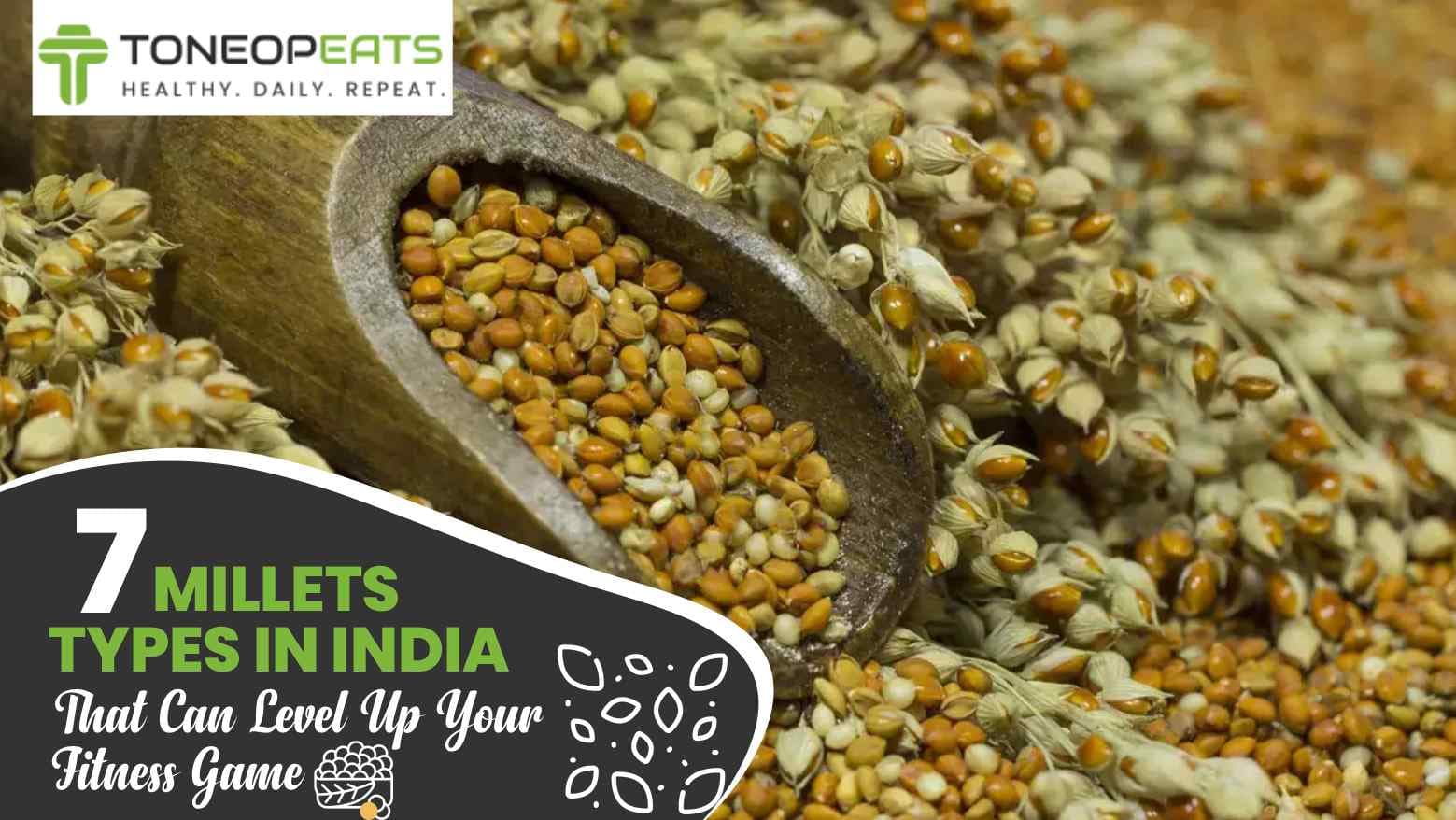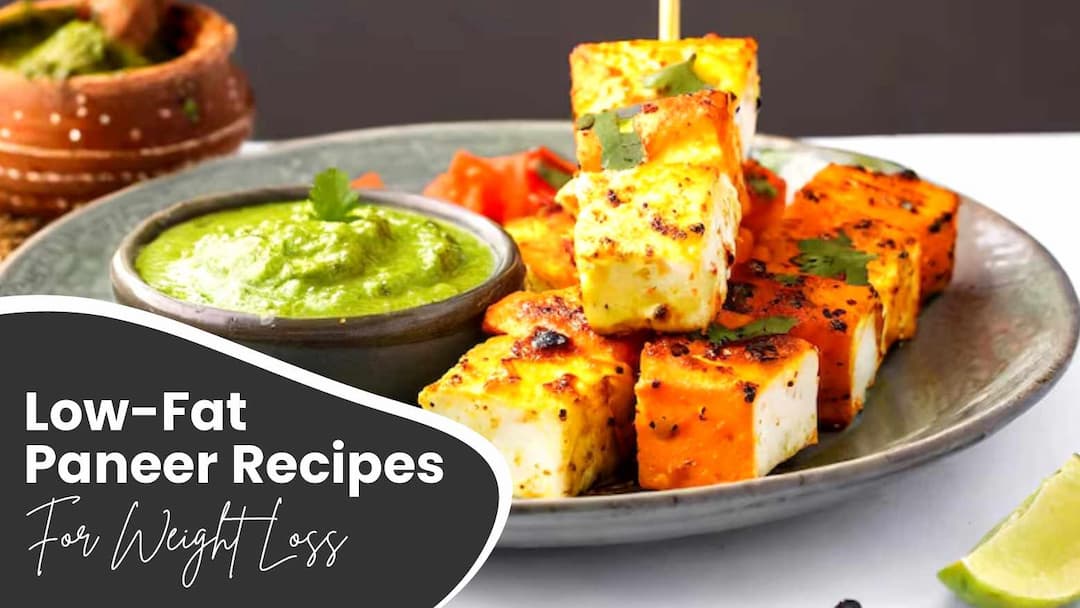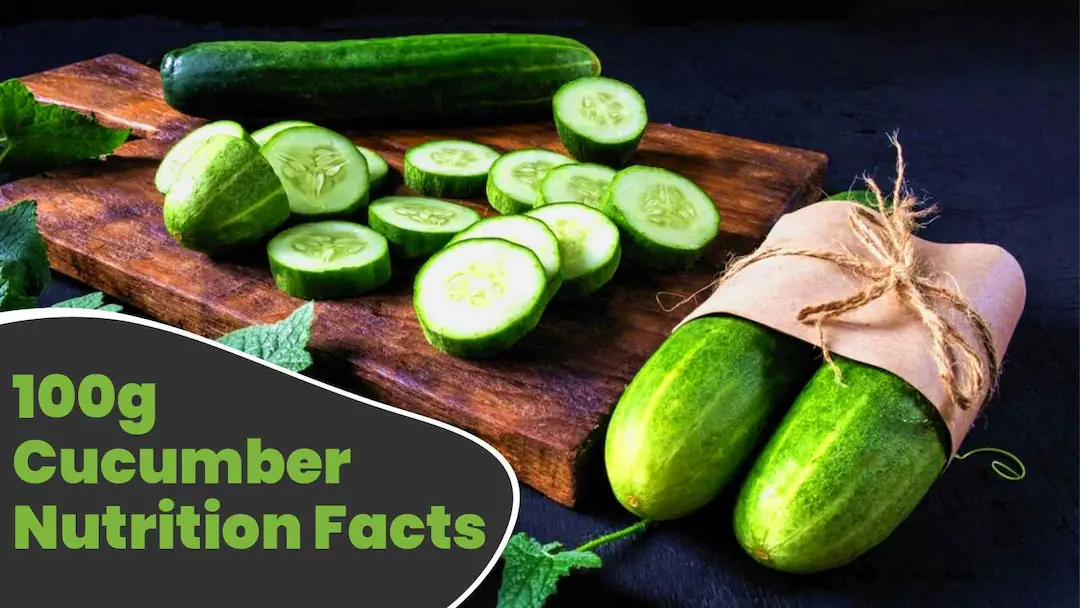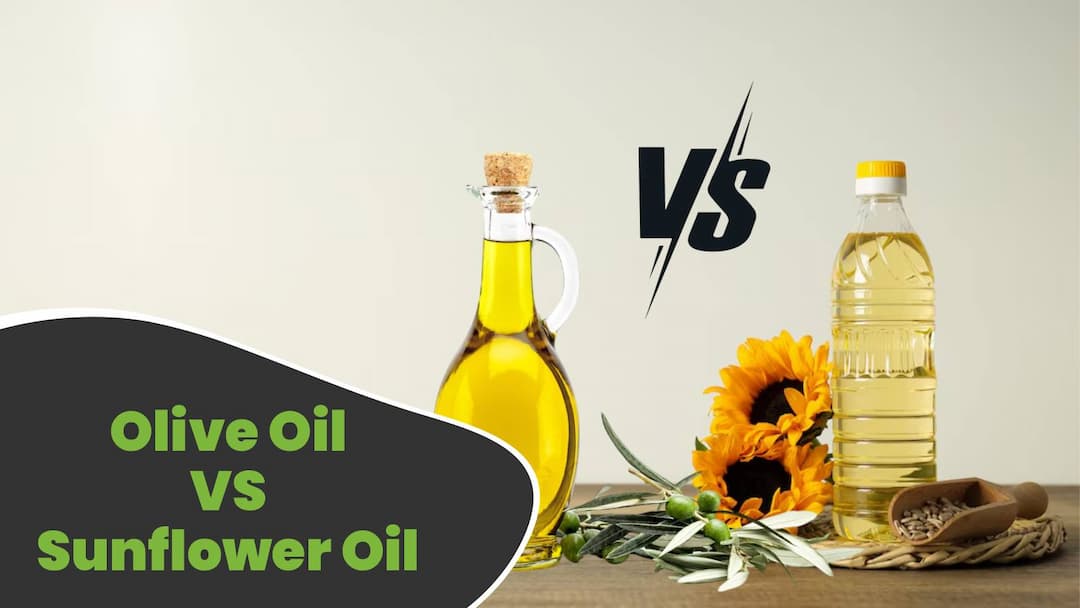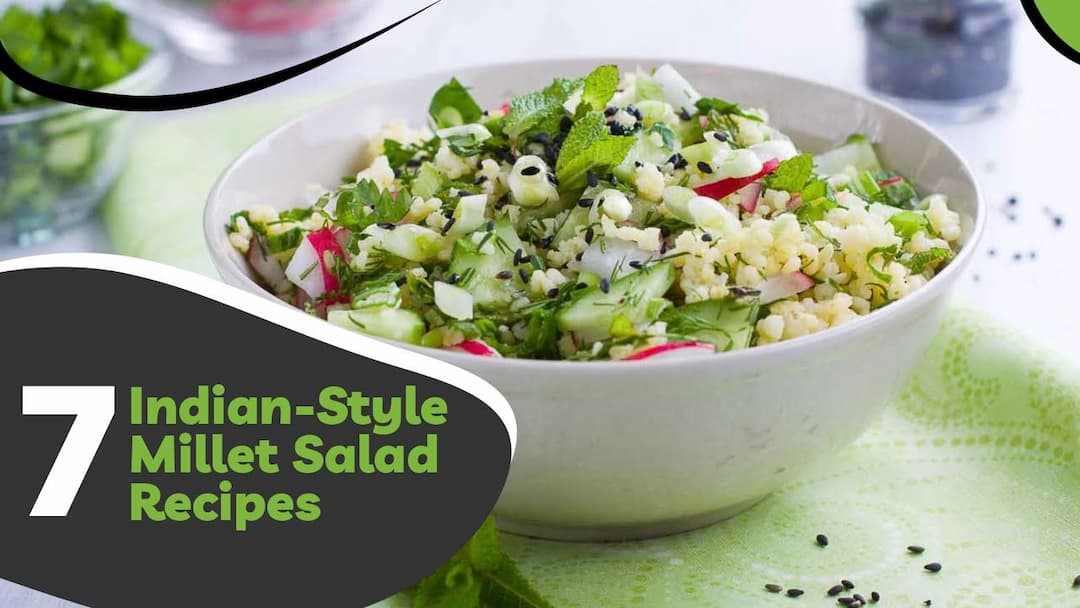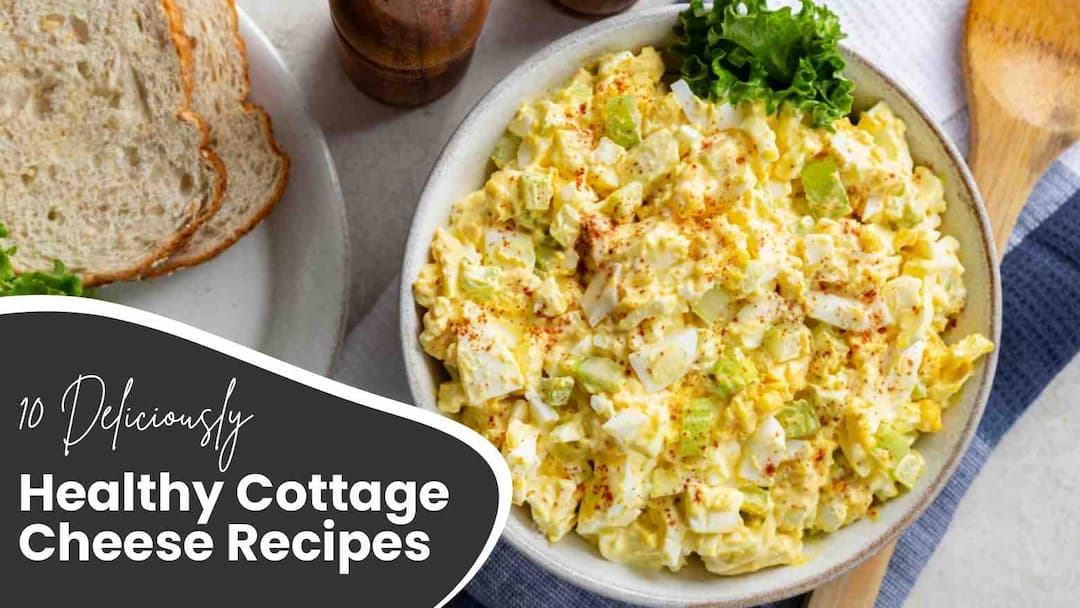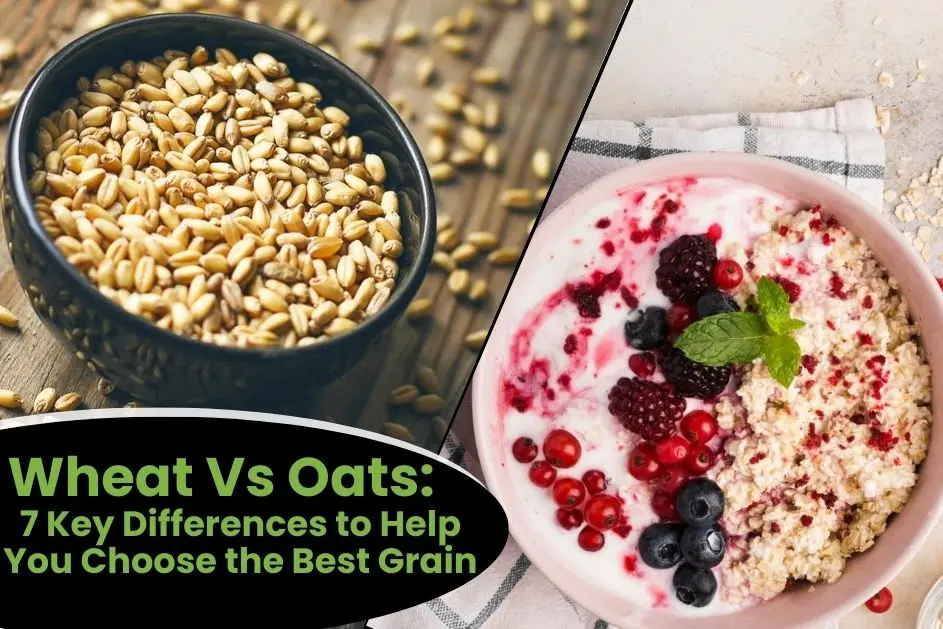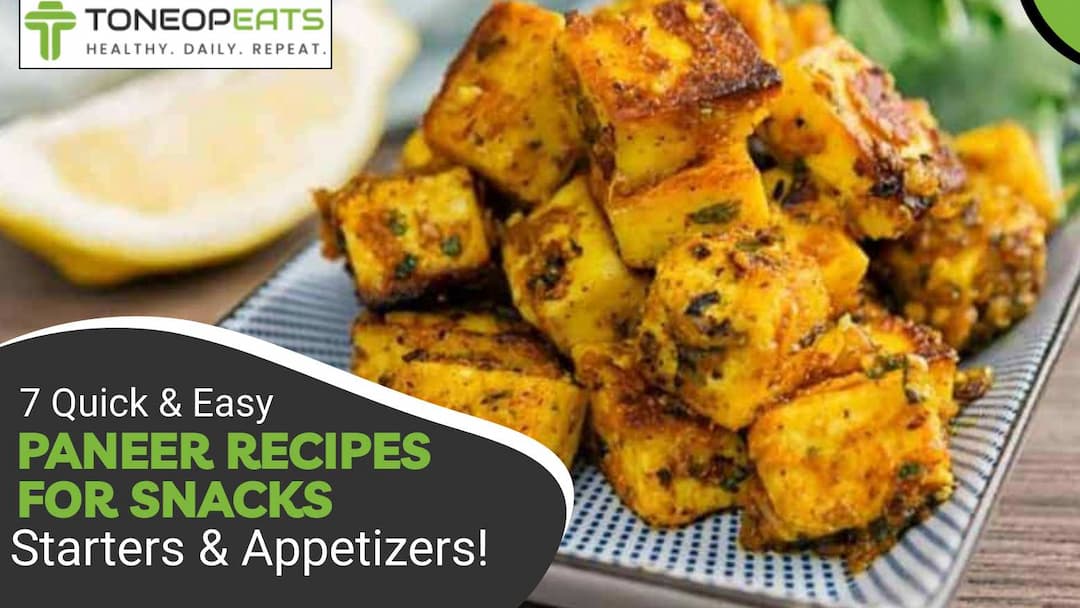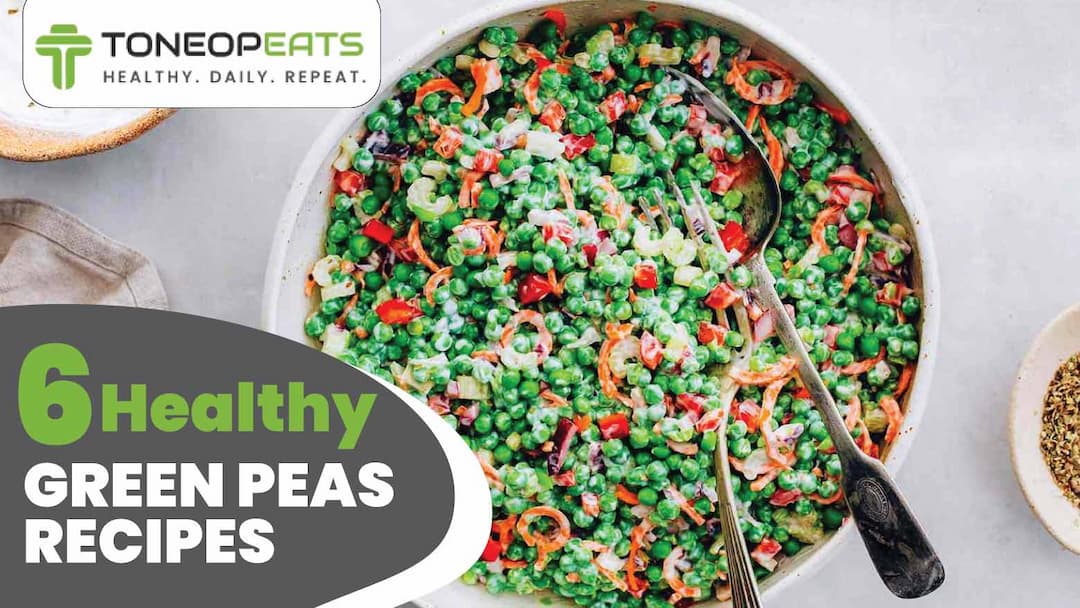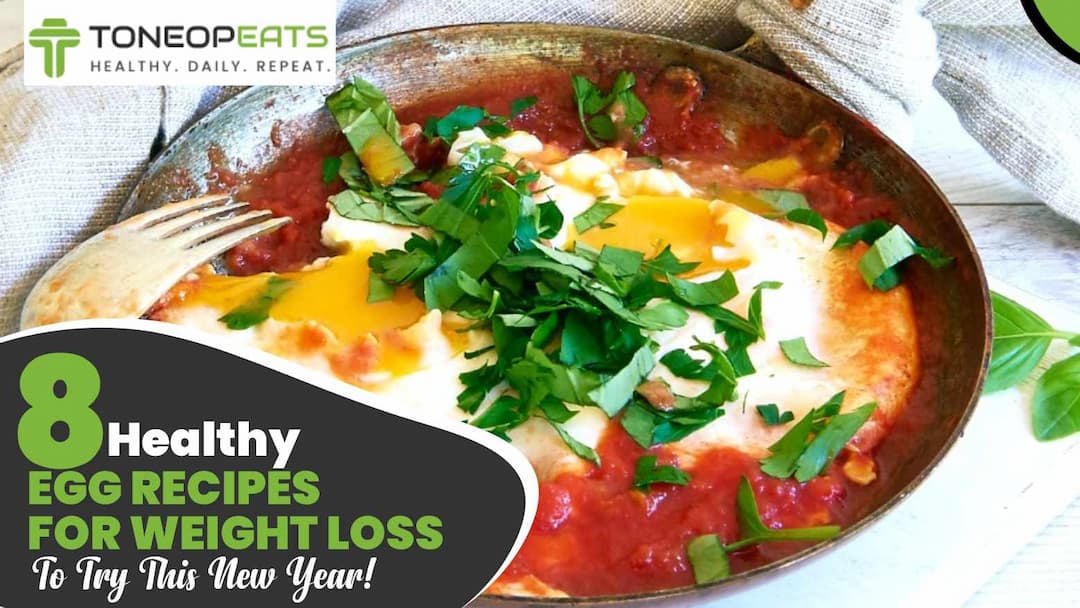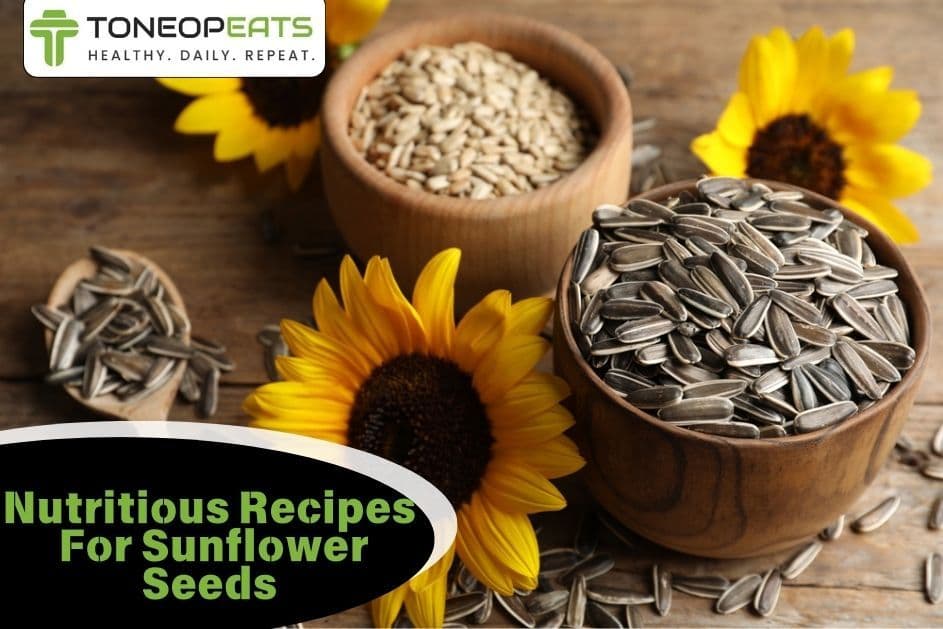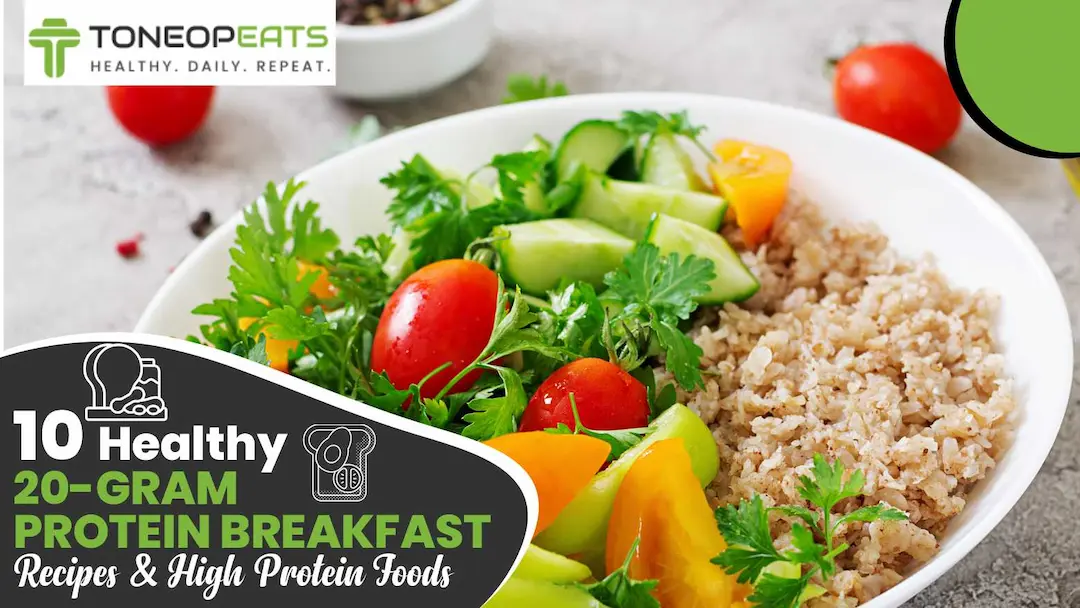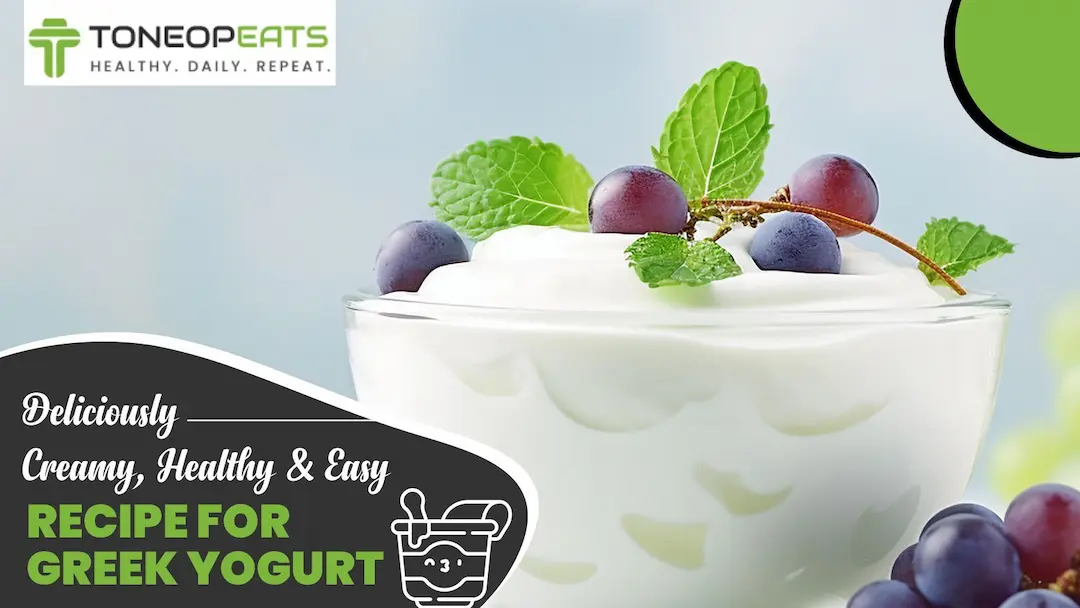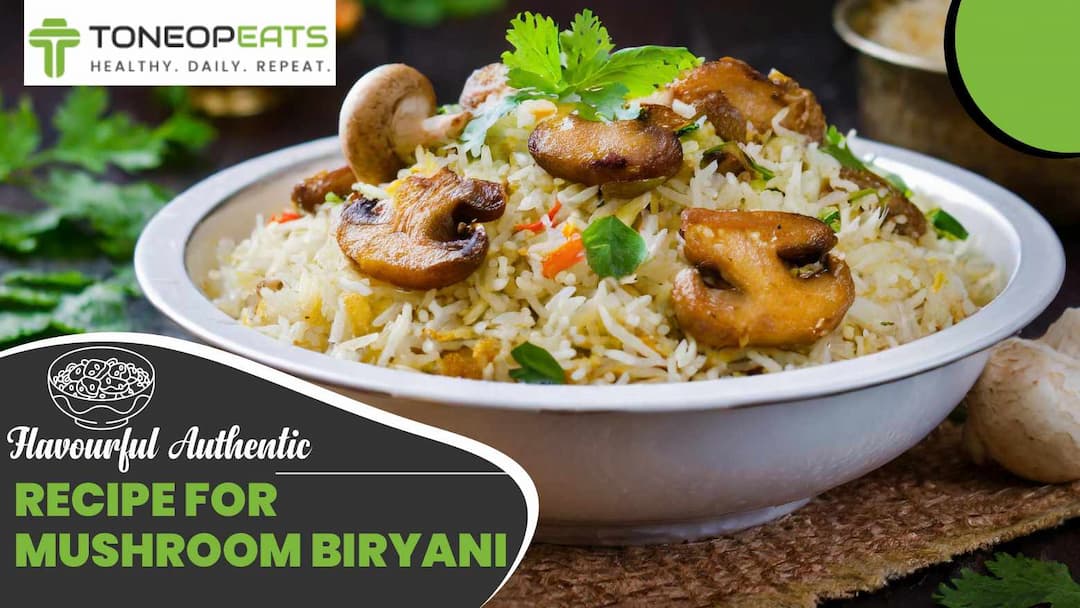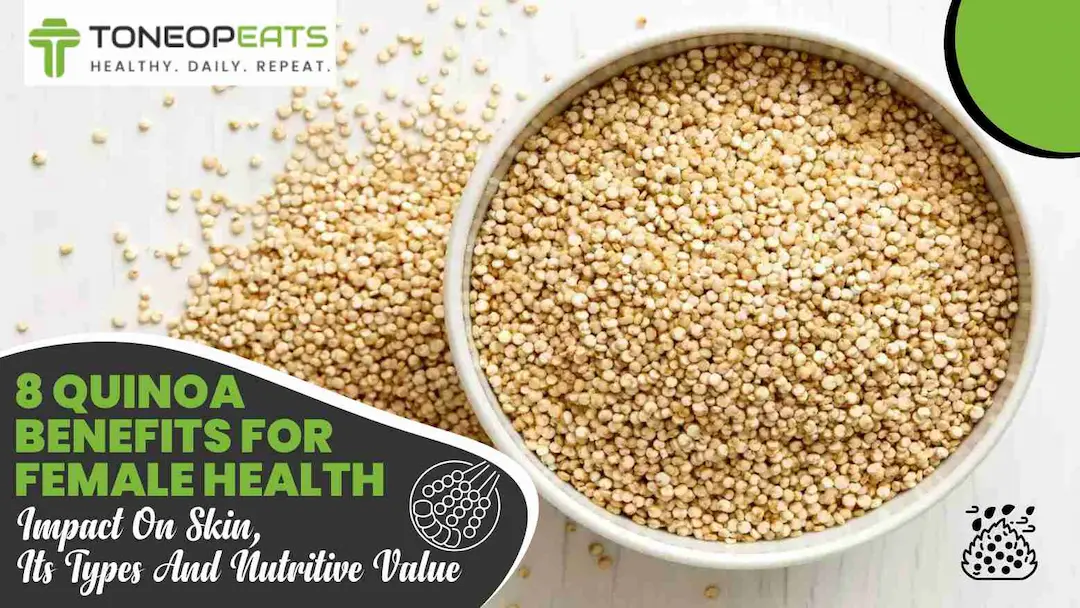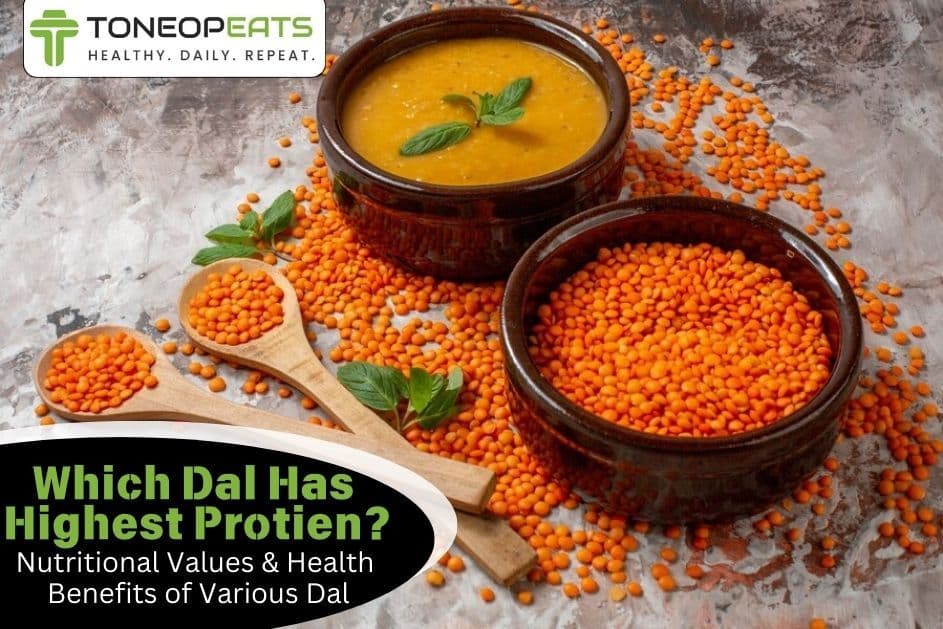Millets have been a dietary staple in several parts of India and Africa for many years. This cereal is praised for its rich nutritional value and flexibility in cooking uses. From aiding in weight control to enhancing bone strength, finger millet malt or ragi malt provides a variety of advantages that make it a valuable supplement to any diet.
Millets are a crucial crop for food security because they adapt to many climatic conditions and are durable. A variety of millet types in India are grown, such as barnyard millet (Sanwa), foxtail millet (Kangana), finger millet (ragi), and pearl millet (bajra). These different types of millet in India are abundant in vital nutrients and provide various health advantages, including high levels of fibre, protein, and vitamins.
Millets are becoming more well-known as a flexible and environmentally responsible food source in modern diets due to the increased focus on sustainable agriculture and nutrition. Let us dive into this blog to learn about millet, a list of millet, its benefits, and some delicious recipes to make using millet.
Table Of Contents
1. What Are Millets?
2. How Many Types of Millets Are There In India? Let’s Check Out This List Of Millets In India
3. Easy And Healthy Ragi (Finger Millet) Recipes
4. 6 Fundamental Health Benefits Of Millets
5. Dietitian’s Recommendation
6. The Final Say
7. FAQs
8. References
What Are Millets?
Millets are tough grains with tiny seeds that have served as main crops in Asia and Africa for millennia. They are renowned for their capacity to flourish in arid and unfavourable soil, require minimal watering, and are impervious to pests, rendering them a sustainable agricultural choice.
Regarding nutrition, millets are among the top fibre-rich foods in India. They also contain high levels of protein, crucial vitamins, and minerals like iron and calcium. They have a low glycemic index, are helpful in controlling blood sugar levels, and are also suitable for individuals with gluten intolerance as they are gluten-free. Some commonly eaten millets are pearl millet, sorghum, finger millet, and foxtail millet. Incorporating items from the millet foods list into your diet can enhance your nutrition and support your overall well-being.
Millets are divided into three categories as below:
Millet Types In India | |
| Major millets | Sorghum, Pearl millet, Finger millet. |
| Minor millets | Kodo millet, Little millet, Barnyard millet, and others. |
| Pseudo-millets | Buckwheat and Amaranth are often included due to their similar properties. |
Also Read: 10 Types of Millet and Their Benefits — Following Healthy Traditions
How Many Types of Millets Are There In India? Let’s Check Out This List Of Millets In India

Here is a comprehensive list of millets in India:
1. Pearl Millet (Bajra)
It grows well in arid and semi-arid conditions and has a gritty texture and nutty flavour.
- Scientific Name: Pennisetum glaucum
- Nutritional Benefits: It is rich in fibre, protein, and vital minerals, including phosphorus and iron, and it is gluten-free, making it suitable for those with gluten intolerance.
- Common Uses: Flour for rotis, porridge, and traditional dishes like bajra khichdi.
2. Finger Millet (Ragi)
It is known for its reddish-brown grains, which are drought-resistant and have a slightly earthy flavour.
- Scientific Name: Eleusine coracana
- Nutritional Benefits: It is extremely rich in calcium, iron, and dietary fibre, which helps bone health and benefits diabetics due to its low glycemic index.
- Common Uses: Used to make ragi mudde (dumplings), porridge, and baked goods.
3. Foxtail Millet (Kangni)
It has a mild, nutty flavour and a slightly chewy texture that grows well in dry and hilly regions.
- Scientific Name: Setaria italica
- Nutritional Benefits: Rich in protein, fibre, and antioxidants, foxtail millet is good for weight management and is a good food for gut health.
- Common Uses: Often used in salads, snacks, and as a rice substitute.
4. Barnyard Millet (Sanwa)
They are small, round grains with a slightly sweet flavour that grows quickly and is often used in intercropping systems.
- Scientific Name: Echinochloa crus-galli
- Nutritional Benefits: It is high in fibre and low in calories, making it great for healthy recipes for weight loss. It also contains essential vitamins and minerals.
- Common Uses: Typically cooked as a rice substitute or used in upma and khichdi.
5. Little Millet (Kutki)
It has small, round grains with a mild flavour, grows well in various soil types and has a short growing season.
- Scientific Name: Panicum sumatrense
- Nutritional Benefits: Rich in B vitamins, minerals, and antioxidants, it supports heart health and digestion.
- Common Uses: Often used in porridge, idli, and as a rice alternative.
6. Kodo Millet (Kodo)
They are medium-sized grains with a nutty flavour and a chewy texture that thrives in poor soils and requires minimal water.
- Scientific Name: Paspalum scrobiculatum
- Nutritional Benefits: It is high in fibre and protein and aids in weight management and diabetes control. It also contains various phytonutrients that promote health.
- Common Uses: Used in traditional dishes, salads, and as a grain base.
7. Proso Millet (Cheena)
They are small, yellowish grains that cook quickly. They grow well in diverse climates and are often intercropped.
- Scientific Name: Panicum miliaceum
- Nutritional Benefits: It is a good source of protein, fibre, and vitamins, and is low in fat and helps maintain energy levels.
- Common Uses: Used in breakfast cereals, snacks, and as a rice substitute.
Also Read: Millet For Weight Loss: Recipes, Benefits, Dietary Tips, And More!
Easy And Healthy Ragi (Finger Millet) Recipes
Now that we have discovered the different millet types in India, we will now share two healthy recipes that are made from ragi or finger millet. You can also visit ToneOp Eats to discover more such healthy recipes.
1. Ragi Chilla
Chillas are perhaps one of the best healthy breakfast ideas that can become a staple in your diet. Okay, it doesn’t have to be just breakfast. You can use them to make delicious lunch recipes or to make a fulfilling, healthy dinner recipe for weight loss! This is a healthy and stomach-friendly recipe. It gives a great window to incorporate a variety of veggies into your meal in a tasty way.
Ingredients:
- Oil - 1 tbsp
- Water - 1 ¼ cup
- Jowar flour - ¼ cup
- Whole wheat flour - ¼ cup
- Ragi flour - ¼ cup
- Onions - ¼ cup
- Capsicum chopped - ¼ cup
- Tomato - ¼ cup
- Carrot (grated) - ¼ cup
- Cumin powder - ¼ tsp
- Green chilli paste - ¼ tsp
- Corriander(finely chopped) - 2 tsp
- Salt to taste
Preparation Method:
- Combine all the ingredients and make a thin water. You can adjust the consistency of the batter by regulating the quantity of water.
- Heat a non-stick tawa, add ¼ tsp of oil and coat the tawa with it.
- Pour a ladle of the batter on the tava and spread it across the tava, forming a thin circle of the batter. Cook on a medium flame till golden brown.
- Using a flat spatula, pick the chilla. Add ¼ tsp of oil again to the tawa and spread it across.
- Place the other side of the chilla on it and cook on a medium flame till golden brown.
- Your healthy chilla is ready.
- Repeat the same process for the rest of the batter.
2. Ragi Malt
Finger millet, or ragi, is sprouted, dried, and ground into a fine powder to make ragi malt, a wholesome beverage. It is renowned for its diverse range of nutrients, including large amounts of dietary fibre, protein, and calcium.
Ingredients:
- Ragi flour - 3 tbsp
- Water or milk (for a richer taste) - 1 cup
- Jaggery or honey (optional) - 1 tbsp
- A pinch of cardamom powder (optional)
Preparation Method:
- Mix the ragi flour with water to create a smooth paste without lumps.
- In a pan, boil the remaining water or milk and slowly add the ragi paste, stirring continuously to prevent lumps.
- Add jaggery or honey to sweeten and a pinch of cardamom powder if desired.
- Stir for 5-7 minutes until it thickens. Serve warm for a nutritious and comforting drink.
Also Read: Weight Loss With Jeera Water: Benefits, Recipe, And Effectiveness
6 Fundamental Health Benefits Of Millets
Here is how millet is beneficial for your health:
1. Promotes Bone Health
Because millets are high in minerals, especially calcium, magnesium, and phosphorus—that are necessary for strong bones, they support bone health. These minerals are essential for bone development, density, and strength. While phosphorus is necessary for creating bone structure, magnesium, in particular, plays a role in regulating calcium levels in bones.
Millets are also a strong source of antioxidants, which help lower oxidative stress and inflammation, two factors that, over time, can harm bone health. When paired with a well-balanced diet full of other nutrients that support bone, millets can help people maintain bone density and lower their risk of developing osteoporosis-related conditions.
ToneOp Care’s Bone 360 Tablets help you strengthen your bones and muscles, reduce joint pain and muscle cramps, and enhance bone density and muscular flexibility.
2. Regulates Blood Sugar Levels
Millets' low glycemic index (GI) of 54-68 causes slower, more gradual increases in blood sugar than foods with a high GI, which is the main reason they assist in the control of blood sugar levels. Their high fibre content is particularly important since it slows down the bloodstream's absorption of sugars, avoiding sudden rises in blood sugar levels after meals.
Further supporting blood sugar regulation, millets are high in magnesium, a mineral that improves insulin activity and increases insulin sensitivity. People can experience more stable blood sugar levels by including millets in their diet, which makes them a great option for controlling insulin resistance or diabetes.
3. Aids Weight Loss
Millets' high fibre content, which increases feelings of fullness and decreases total calorie intake by reducing hunger, can help people lose weight. Millets' complex carbs digest more slowly, giving you longer-lasting energy and avoiding blood sugar troughs and surges that can cause overeating and cravings. They are also a fantastic source of plant-based protein, which increases metabolism and aids in the development of lean muscle mass, and they are low in fat.
Because of their low glycemic index (GI), millets help keep blood sugar levels stable and avoid the effects of insulin spikes on fat storage. When included in a nutrient-dense, well-balanced diet, they can help with long-term weight loss objectives and promote healthy weight management.
ToneOp Fit’s Balanced Diet Weight Loss Plan can help you get a personalised region-based diet plan and the best nutritional guidance from an expert dietitian to aid your weight loss journey.
Also Read: Top 10 Indian Healthy Recipes For Weight Loss With The Best Low-Calorie Foods
4. Improves Digestion
Millets' high fibre content helps to promote regular bowel movements and prevent constipation, which is the main reason they enhance digestion. Millets' soluble fibre helps control how food moves through the digestive system by absorbing water and forming a gel-like substance in the gut.
A healthy gut microbiota is supported, and this fibre's prebiotic properties nourish beneficial gut bacteria. Furthermore, millets are a great source of anti-inflammatory and antioxidant chemicals that assist in improving gut health by reducing inflammation in the digestive tract. Millets can improve nutrient absorption, lessen bloating, and support a healthy digestive tract when included in the diet.
ToneOp Care’s Digest 360 Tablets help maintain digestive comfort and balance your digestive system.
5. Good For Heart Health
Millets' complex nutritional profile, especially their high fibre, magnesium, and antioxidant content, makes them good for heart health. By attaching to bile acids and eliminating them from the body, fibre lowers cholesterol levels and lowers the risk of heart disease. Magnesium is essential for heart health because it promotes healthy heart rhythm, controls blood pressure, and enhances blood circulation.
Millets are also a fantastic source of plant-based protein and unsaturated fats, which both help lower bad cholesterol (LDL) and lower the risk of artery blockages. The antioxidants in millets also help fight oxidative stress and inflammation, which are key contributors to cardiovascular problems. Incorporating millet into a balanced diet can help promote heart health, reduce the risk of high blood pressure, and protect against conditions like atherosclerosis.
ToneOp Care’s BP Care Combo helps you manage your blood pressure, cholesterol and weight, prevent heart diseases & improve your cardiac health.
6. Can Prevent Cancer
Millets' high levels of antioxidants, fibre, and phytochemicals have been demonstrated to have anti-cancer effects. Antioxidants, such as flavonoids and phenolic compounds, aid in the body's defence against free radicals, which otherwise may result in oxidative stress and cell damage, which may eventually cause cancer.
Additionally, millets are high in fibre, which promotes regular bowel movements and the removal of carcinogens, supporting digestive health and potentially lowering the risk of colorectal cancer. Furthermore, phytochemicals like lignans and saponins, which are found in some millets, have been demonstrated to have anti-inflammatory and anti-cancer properties by halting the growth of cancer cells and avoiding the development of tumours.
Also Read: World Vegan Day 2024: Importance, History, Delicious Recipes And Celebration Activities!
Dietitian’s Recommendation
As a nutritionist, I suggest trying different millet types in India due to their many health advantages. They are rich in calcium, promote strong bones, and benefit kids and older individuals. The low glycemic index of ragi or finger millet is beneficial for people with diabetes by helping to regulate blood sugar levels.
Moreover, its high fibre content helps with digestion and feeling full, which can help with controlling weight. The iron in ragi malt is helpful for people with anaemia, and antioxidants can fight oxidative stress. Its lack of gluten makes it appropriate for individuals sensitive to gluten. Adding millets to dishes can boost nutritional consumption and promote overall well-being.
Dt. Akshata Gandevikar
The Final Say
As we wrap up our exploration of the millet types in India, remember that these ancient grains are not just a nutritional powerhouse but also a culinary delight waiting to be discovered. The list of millets in India offers a diverse array of options, each with unique benefits that can elevate your health and fitness journey. Whether you're looking to enhance your meals or simply add variety to your diet, the millet foods list is your ticket to flavorful and wholesome eating. So, let’s embrace these tiny grains and make them a staple in our kitchens—your body will thank you!
FAQs
1. Why are millets popular in India?
Millets are popular in India for their adaptability to the Indian climate, nutritional benefits, and versatility in recipes. They are rich in fibre, protein, and minerals, making them ideal for health-conscious diets. In recent years, awareness of their health benefits has grown, boosting millet consumption as a nutritious, sustainable alternative to rice and wheat.
2. Is millet gluten-free?
Indeed, millet is naturally free of gluten, which makes it a great option for people with gluten intolerance or celiac disease. It is frequently utilised as a replacement for wheat or barley in Indian cuisine. Its gluten-free composition also promotes digestive wellness, as it is simple to digest, full of nutrients, and can be used in a variety of gluten-free dishes.
3. Are millets good for diabetes?
Yes, millets are beneficial for diabetes due to their low glycemic index, which prevents rapid blood sugar spikes. Their high fibre content also slows glucose absorption, stabilising blood sugar levels. Millets like foxtail, barnyard, and finger millet are particularly recommended for diabetic diets as part of a balanced, nutrient-dense meal plan.
References
- https://apeda.gov.in/apedawebsite/SubHead_Products/Indian_Millets.htm#:~:text=Millets%20as%20a%20Subhead%20consists,called%20as%20'nutritious%20cereals'.
- https://byjus.com/govt-exams/millets-in-india/
- https://wingreensharvest.com/blogs/news/what-is-millets-different-type-of-millets-with-benefits-nutrition
- https://twobrothersindiashop.com/blogs/food-health/types-of-millets?srsltid=AfmBOoqOuEzFTBMwEf1sLczN_lsiCwA_ys5BVs1mr88JskCY_3mDM7SH
- https://thewholetruthfoods.com/learn/truth-be-told/a-beginners-guide-to-millets?srsltid=AfmBOop9-6igw-UgX98Q69eX-2z1GqnS5XFXGRP6fXSEkQqfYnnWoY9h
- https://betterwithmillets.com/what-are-millets-2/
- https://www.naario.com/blogs/news/different-types-of-millets-and-their-nutritional-benefits?srsltid=AfmBOoqH1VZezCQWjvFoX5yinwz4L6nOZ_Vfq8f3JzEOSlBQspj72V__
- https://www.webmd.com/diet/health-benefits-millet
- https://www.netmeds.com/health-library/post/5-best-reasons-why-you-should-include-millets-in-daily-diet?srsltid=AfmBOoo1Aiu9pXJwzT7CrwF4tX9I0lz_hd75FMlC_0QfCS228WP-7qDY
About ToneOp Eats
ToneOp Eats is your go-to health kitchen, delivering nourishing meals in Bhopal, Indore & Bangalore. The meals are prepared with strategically planned nutrition and portions for your health goal. With just three simple steps, you can subscribe to a meal plan for weight loss, muscle gain, or balanced diet goals. Experience the perfect blend of taste and wellness in our nutrient-dense and calorie-counted range of meals, including protein-rich grills and meal bowls, full of fibre salads & smoothies, workout-friendly protein 30,40,50 meals and refreshing juices!







